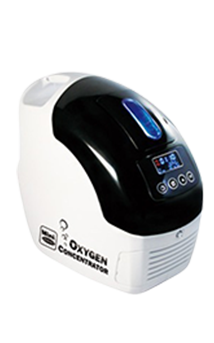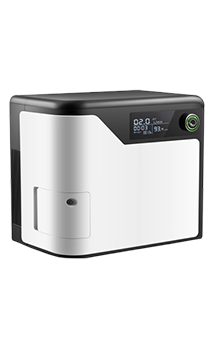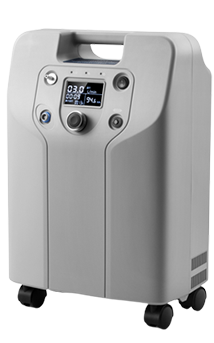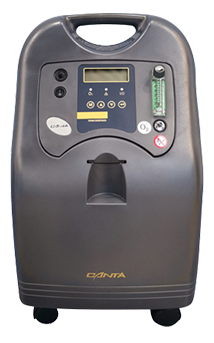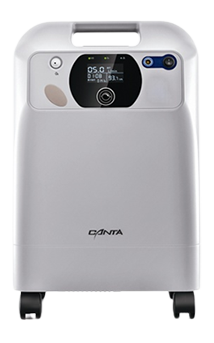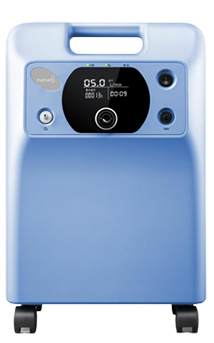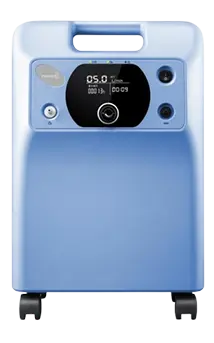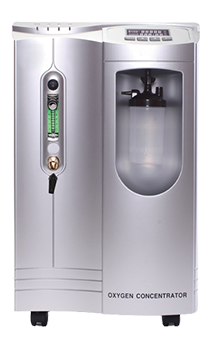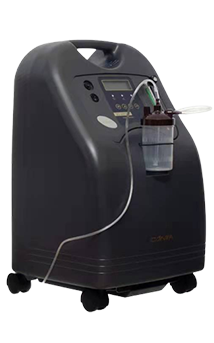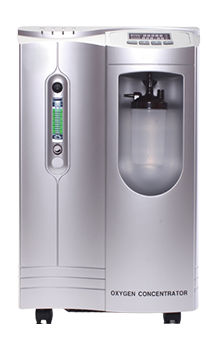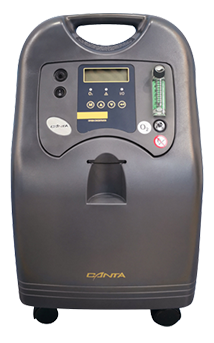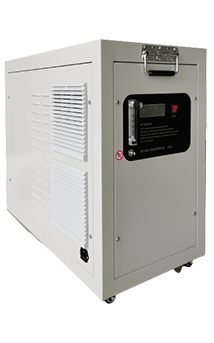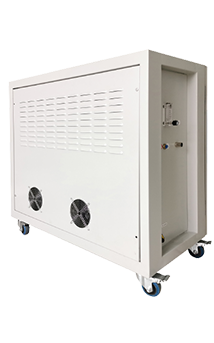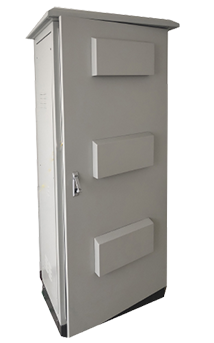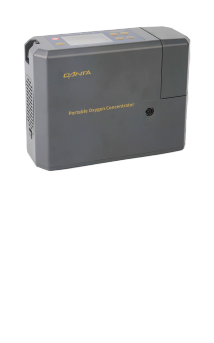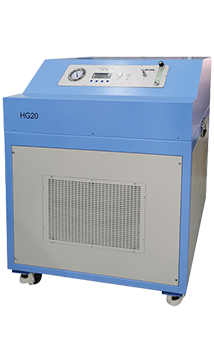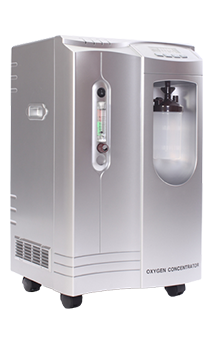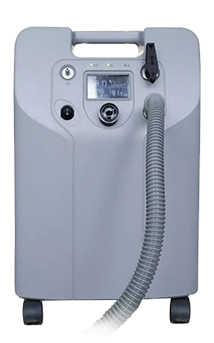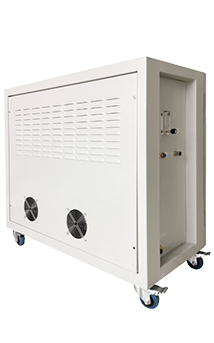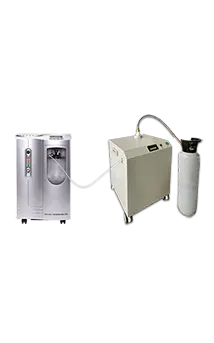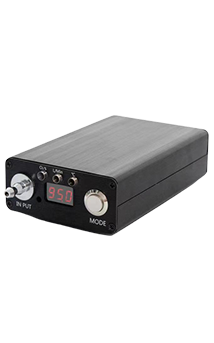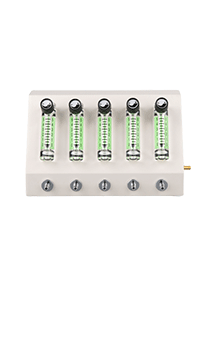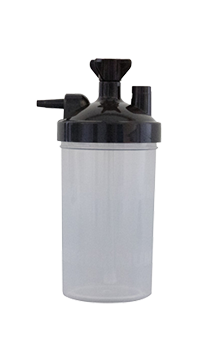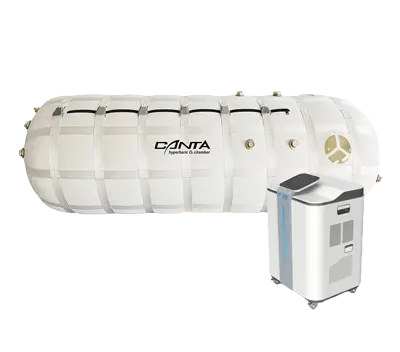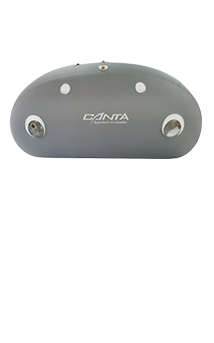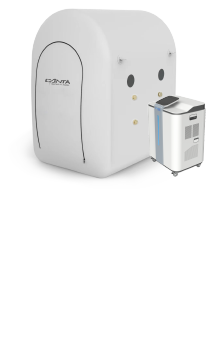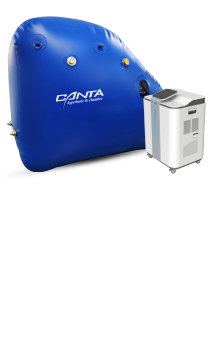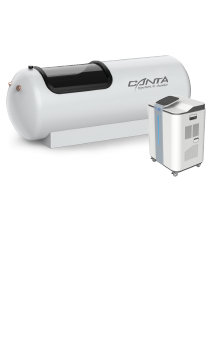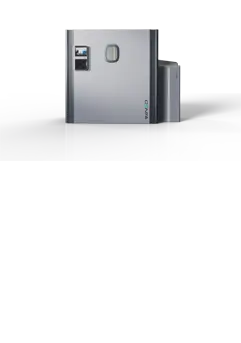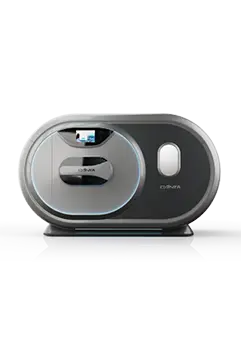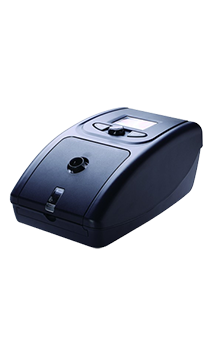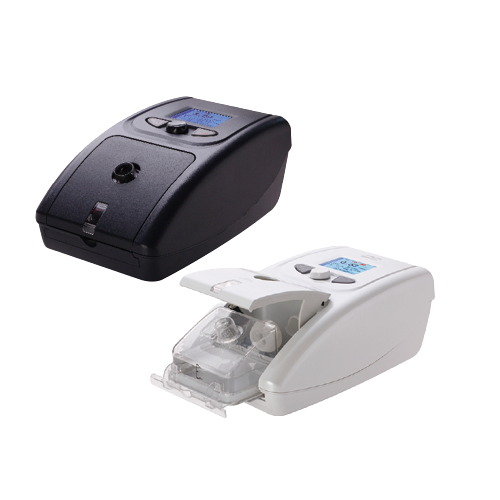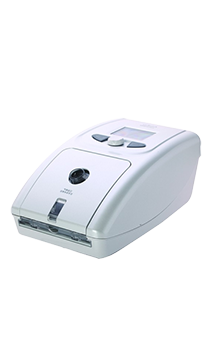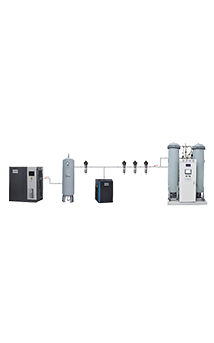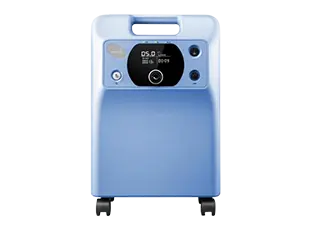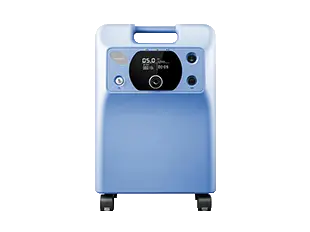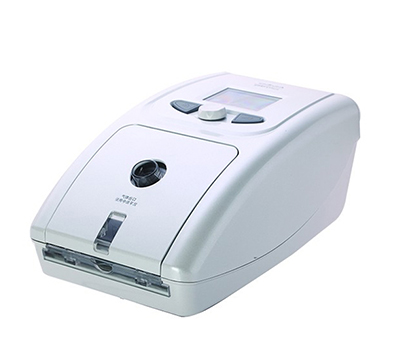Oxygen concentrators are widely used in medical settings, homes, and sports rehabilitation to increase the oxygen concentration in the air to safer and more effective levels. For individuals who need supplemental oxygen, oxygen concentrators are undoubtedly an essential technology. However, to use an oxygen concentrator effectively and maximize oxygen concentration, it is essential to master some practical tips and methods. This article will provide you with a series of effective oxygen concentrator usage tips to help you make the most of this device.
Understanding How an Oxygen Concentrator Works
Before getting started, it is essential to understand how an oxygen concentrator works. Oxygen concentrators filter the air and separate it into oxygen and nitrogen. Using a molecular sieve inside the device, nitrogen is physically adsorbed and removed, increasing the concentration of oxygen. Generally, oxygen concentrators can provide an oxygen concentration of approximately 90% to 95%, which is sufficient for most individuals requiring supplemental oxygen.
Choosing the Right Oxygen Concentrator
Before purchasing an oxygen concentrator for sale, it is crucial to select a device that suits your needs. The market offers various models with different oxygen output capacities and flow rate settings. Depending on your usage scenario (e.g., home use or portable use), selecting an appropriate oxygen concentrator can effectively improve oxygen concentration and enhance your overall experience.
Proper Setup and Operation of an Oxygen Concentrator
Familiarize Yourself with the User Manual
Before using an oxygen concentrator, carefully read the user manual to understand its functions, operating procedures, and precautions. Each device has specific operating requirements, and following the instructions will ensure optimal performance.
Select the Appropriate Flow Rate
Adjust the oxygen concentrator's flow rate based on your oxygen needs. Generally, a higher flow rate will deliver a higher oxygen concentration, but it is essential to follow your doctor's recommendations to ensure safe and effective use.
Regular Maintenance and Care
Perform regular cleaning and maintenance of the oxygen concentrator to ensure proper operation. Cleaning the filters and tubing can prevent dust and impurities from accumulating, thereby improving oxygen concentration and extending the device's lifespan.
Tips to Improve Oxygen Concentration
Optimize Indoor Environment
When using an oxygen concentrator, optimizing the indoor environment can effectively improve oxygen concentration. Ensure the room is well-ventilated, avoid interference from other electrical appliances, and maintain a suitable temperature.
Use Proper Oxygen Tubing
Using the correct oxygen tubing is crucial for maintaining oxygen concentration. Ensure the tubing is securely connected, select the appropriate tubing length, and avoid excessively long tubing that could lead to oxygen loss.
Avoid High-Temperature and Humid Environments
High temperatures and humidity can affect the performance of an oxygen concentrator. Therefore, place the device in a dry, cool location to ensure it operates in optimal conditions.
Regularly Monitor Device Performance
Regularly check the oxygen concentrator's operating status, including the power supply, flow rate, and oxygen concentration, to ensure it functions properly. If any abnormalities are detected, contact a professional for timely repairs.
Combining Oxygen Concentrators with Other Oxygen Therapies
In some cases, an oxygen concentrator alone may not meet oxygen needs. Combining it with other oxygen therapies, such as using an oxygen mask or nasal cannula, can enhance oxygen delivery effectiveness. Additionally, engaging in regular outdoor activities can help improve the body's oxygen intake capacity, serving as a beneficial supplementary method.
Ensuring Safety When Using an Oxygen Concentrator
Safety is a top priority when using an oxygen concentrator. Avoid using open flames or spark-producing devices near the unit, as the high oxygen concentration increases the risk of fire. Furthermore, keep the surrounding environment clean and free of flammable materials to minimize potential hazards.
 EN
EN  ja
ja  ko
ko  fr
fr  de
de  es
es  it
it  ru
ru  pt
pt  ar
ar  tr
tr  th
th  da
da  fa
fa  pl
pl  ro
ro  hu
hu  el
el  af
af 
